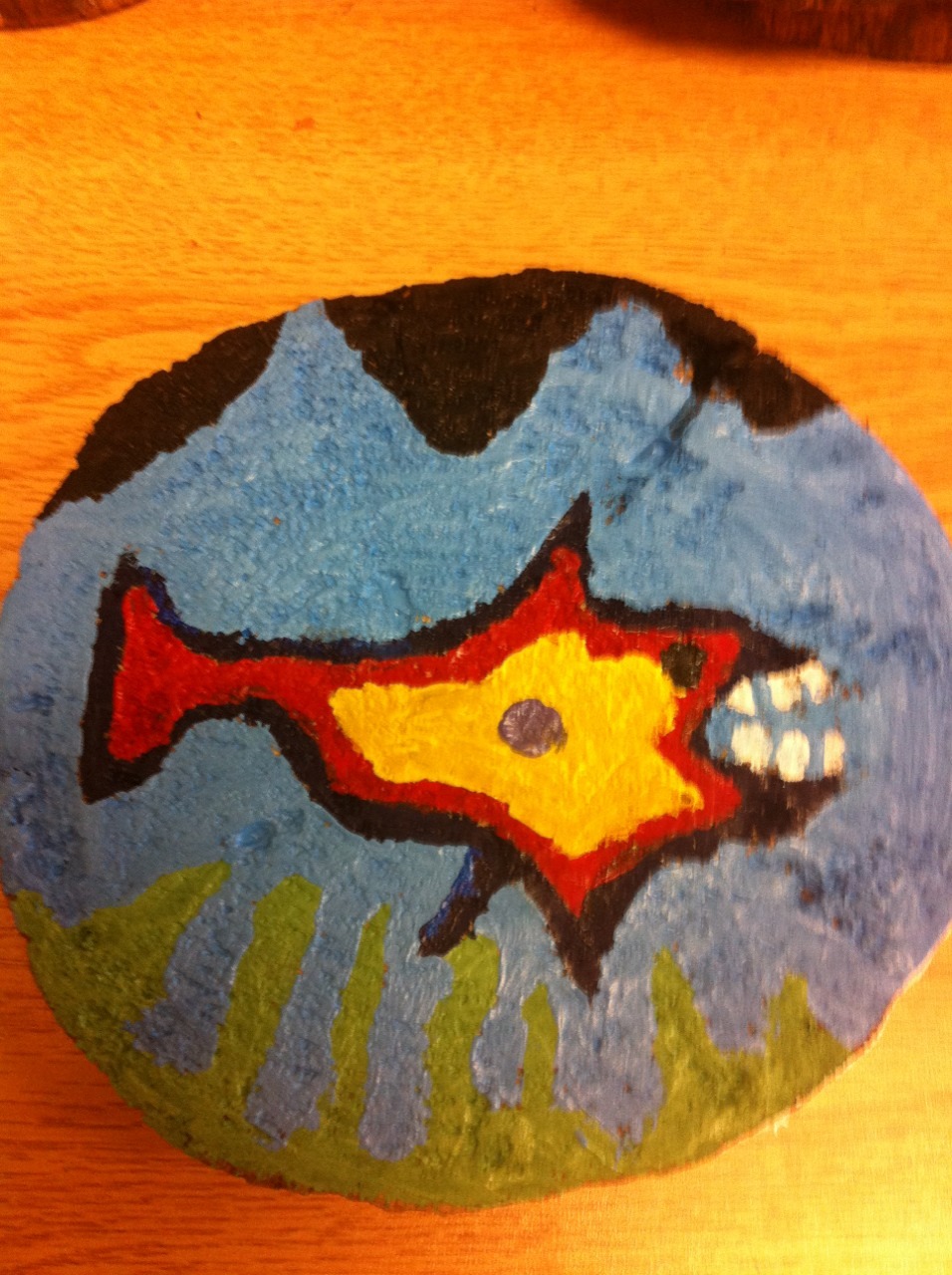I have been using Evernote to create an interconnected web of media that can be instantly searched based on criteria I create for my inquiry classroom. I already feel like a librarian from a futuristic sci-fi movie! Here is my process for curating resources:
1 Discover an image, website, video, etc, which I think would be provocative for inquiry. I most often find them on tumblr, education blogs, and science and geography journals.
2 Create a note. I prefer to use the Web Clipper and to clip a stimulating image rather than the entire webpage. As long as I ensure that the URL included in the note is correct, I can easily follow my note to its source for further investigation.
3 Customize the title of the note.
4 Add tags.
5 Done. Tags are the key to creating an inquiry library. My system for creating the tags is what makes Evernote both a scalpel and a battle ax of inquiry. I use five categories.
General Use a few tags for broad categories. For example, 'education', 'technology', or 'learning theory'. Each of my notes usually gets just 1 or 2 general tags.
Thematic I recommend to use 5-8 thematic tags relevant to your units of inquiry like 'Who we are' or 'Personal Expression'. If a note that you create seems relevant to any of your themes, tag it as such. Keep in mind that the more tags you create, the more connected your inquiry notebook will be.
Conceptual tags such as 'form, 'perspective', 'identity', 'independence', 'creativity'. When inquiry is running rampant, concepts become the adhesive that connects learning across disciplines, genres, and any other classifications. I recommend using 7 or 8 key concepts so that your web of connections is strong, and many (50+) secondary concepts so that you can search very specifically. If you search for a secondary concept, it will connect to various key concepts which relate to more secondary concepts, and so on.
Disciplinary tags like 'history', 'biology', 'music'. These will be useful when a discipline-oriented inquiry is unraveling or when creating presentations, displays, etc.
Specific tags like 'moon', 'pelican', 'fuzzy', 'grief'. These tags simply describe the note. I also include tags like 'graphic', 'photo', 'game', and 'website' to tag each note as explicitly as possible. If you curate a few hundred of resources in this way, your Evernote inquiry notebook will be a powerful tool for provoking inquiries both planned and spontaneous. If you curate a few thousand... Let's go through the process with an actual resource from my notebook.
 |
| How would you tag this image in Evernote? |
 |
| My note for this resource. |
The general tag I chose for this note is 'bloom's taxonomy' because I feel it could provoke an inquiry all the way up the cognitive ladder. The thematic tags are 'Sharing the planet', 'Who we are', and 'How we express ourselves'. My conceptual tags are 'form', 'responsibility', 'creativity'. This note's disciplinary tags are 'arts', 'social studies', 'geography'. The tags specific to this note are 'painting', 'color', 'fish', 'animal', 'nature', 'indigenous', and 'student work'. Could there be more tags? There can always be more tags! The important thing is that your tags, in terms of categories and connections, work for inquiry by being broadly and deeply connected. Also, take care that the link in the note directs to the website from which it came. This image happens to be from a blog post by a middle school art teacher which includes many other examples, so it could be an excellent provocation for deeper inquiry leading to researching the artist who inspired the work or contacting the teacher who posted the image. Be sure to customize the title to your taste. I titled this note 'Morriseau inspired paintings'. Often, the automatically generated title is quite long and jumbled. I prefer succinct titles.
In conclusion, there are many implications and applications for Evernote in inquiry learning and teaching. Knowing that I have only peeked under the lid is very exciting for me and I plan to explore much more deeply and share my adventures and misadventures in a series of posts here at Inquire Within. I hope your interest is piqued and that you will join me on this inquiry. What would you add? What would you subtract? Am I missing something obvious? I would love to collaborate to discover new ways to use Evernote to provoke and orchestrate inquiry learning and teaching! "As metateachers, we design the physical, social, emotional, conceptual, and informational environments in which learners can thrive." (from Bill Evans - Creative Process and Self Teaching)

No comments:
Post a Comment